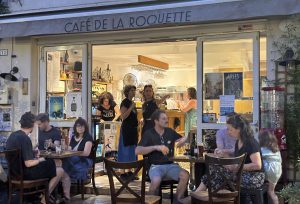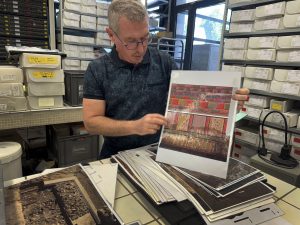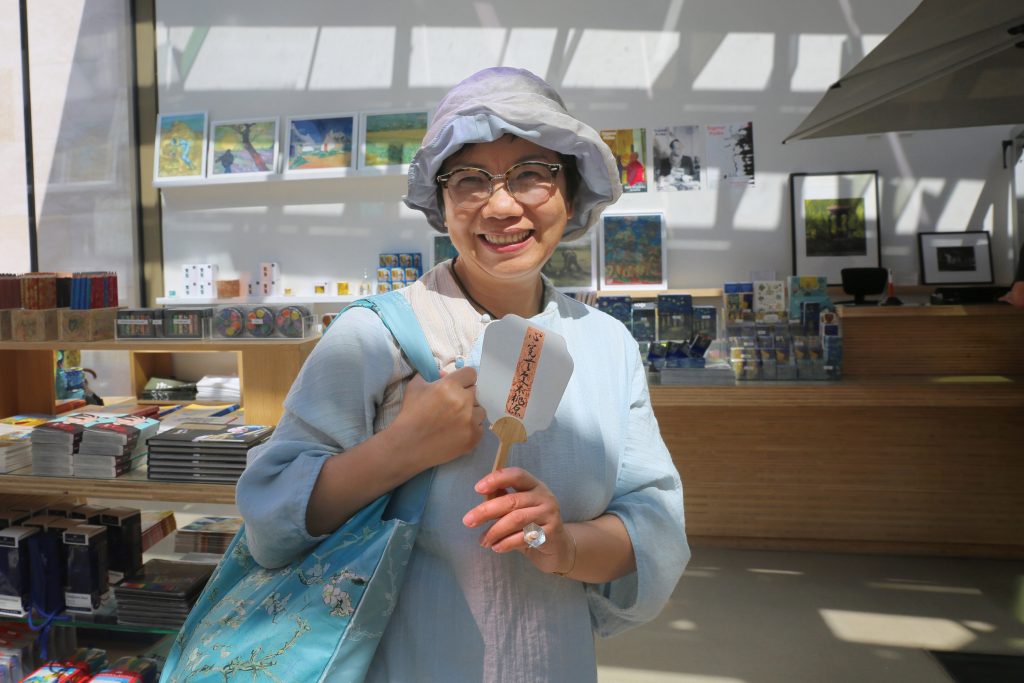
Yimim Wang holds her new bag after experiencing the Van Gogh Foundation.
Text and photos by Annika Trost
A blue and green rimmed window on the wall is paneled and tall, the petite wicker chair sits angled toward the bed and a dainty wooden dresser displays an array of treasures and trinkets. The bed with its cardinal red duvet and a pair of white pillows fluffed to perfection, sits in the middle of the room just below a single-hung painting exhibiting a colorful landscape that is barely recognizable.
This is a replica of Vincent van Gogh’s bedroom in lifesize form. Don’t be fooled as this recreation of “The Bedroom” is not the actual one Van Gogh stayed in— his home, the yellow house, was destroyed during an Allied bombing raid on Arles in 1944.
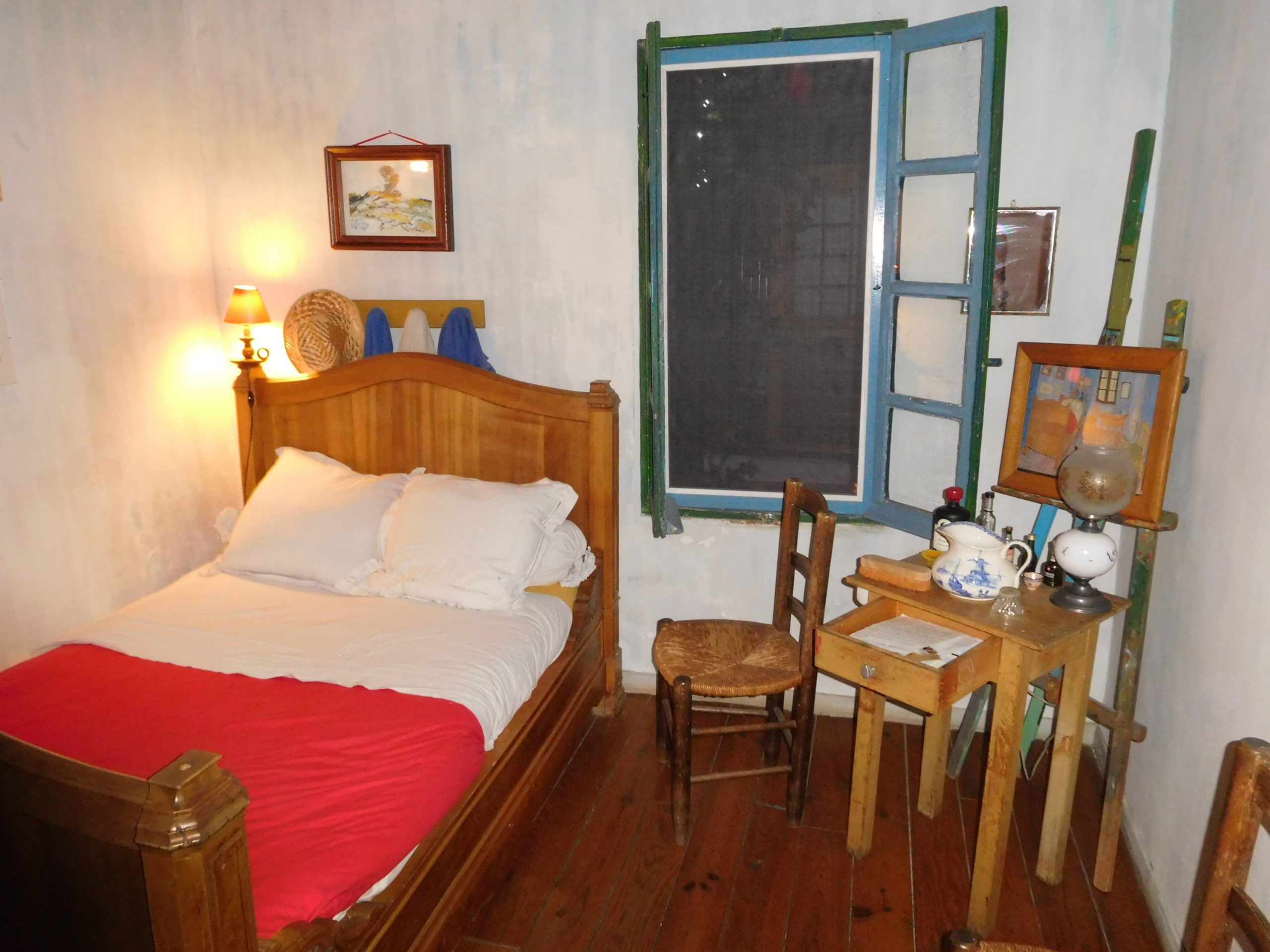
A replica of Van Gogh’s painting, “The Bedroom,” is nestled in the Aubergine Rouge Airbnb.
In the year 1888, the world-famous Dutch artist resided in this small French town nestled in Provence, France. But why Arles?
Van Gogh was drawn to Asian culture and came to what he was told is the “Japan of France.” Today, visitors can walk in his footsteps, uncover his history and surround themselves with his art. Although they are few in number, Asian tourists bring a unique passion to tracing his journey in Arles, including a fascination with immersing themselves in the replica of his bedroom.
“Japanese, Chinese, all the people who love Van Gogh,” come to stay in the room, said Eric Gogin, the owner of the Airbnb. “Some people from [the] states, from Mexico, some people come every year. Most of these people are artists.”
Gogin opened the Airbnb designed to replicate Van Gogh’s bedroom in 2017 within a five-suite inn called L’aubergine Rouge. The inn is nestled in the winding streets of the antique neighborhood, La Roquette and can be reserved by any visitor for a minimum of four nights.
He designed the room with the help of a French artist who painted the ceiling to replicate Van Gogh’s night sky paintings and encapsulate the sleeper in an immersive experience.
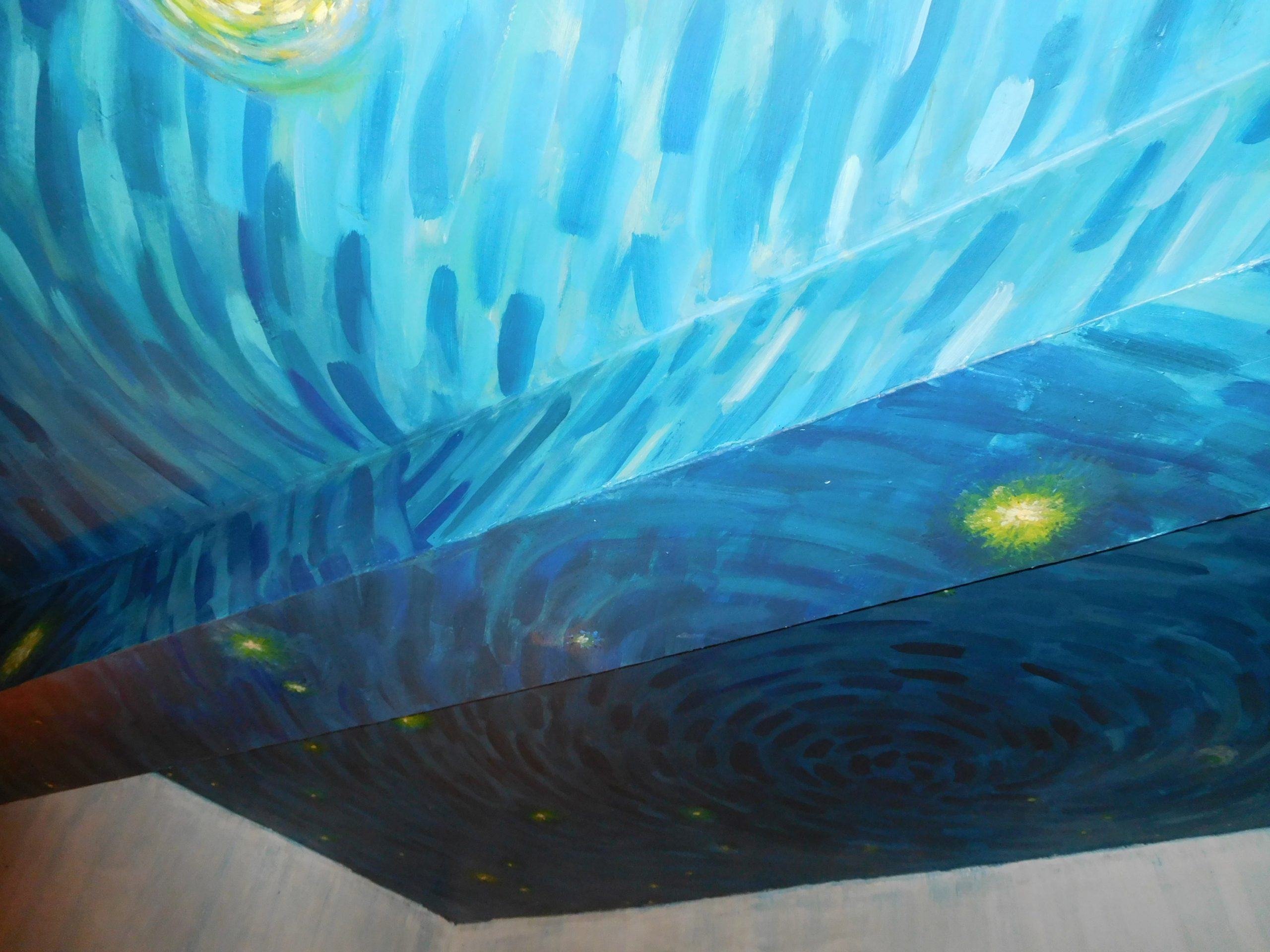
“My wish was a mixture between the two Starry Night paintings,” said Gogin, referencing a pair of nighttime scenes Van Gogh painted in 1888 (“Starry Night over the River Rhône”) and 1889 (“Starry Night”).
Visiting tourists and Van Gogh enthusiasts come from all corners of the world to experience the room firsthand and envelop themselves in the wonder of his work while exploring the sites he painted. If you visit the inn, you will find a multitude of letters, small paintings and articles of love from people all over the world, including many in Japanese and other foreign languages.

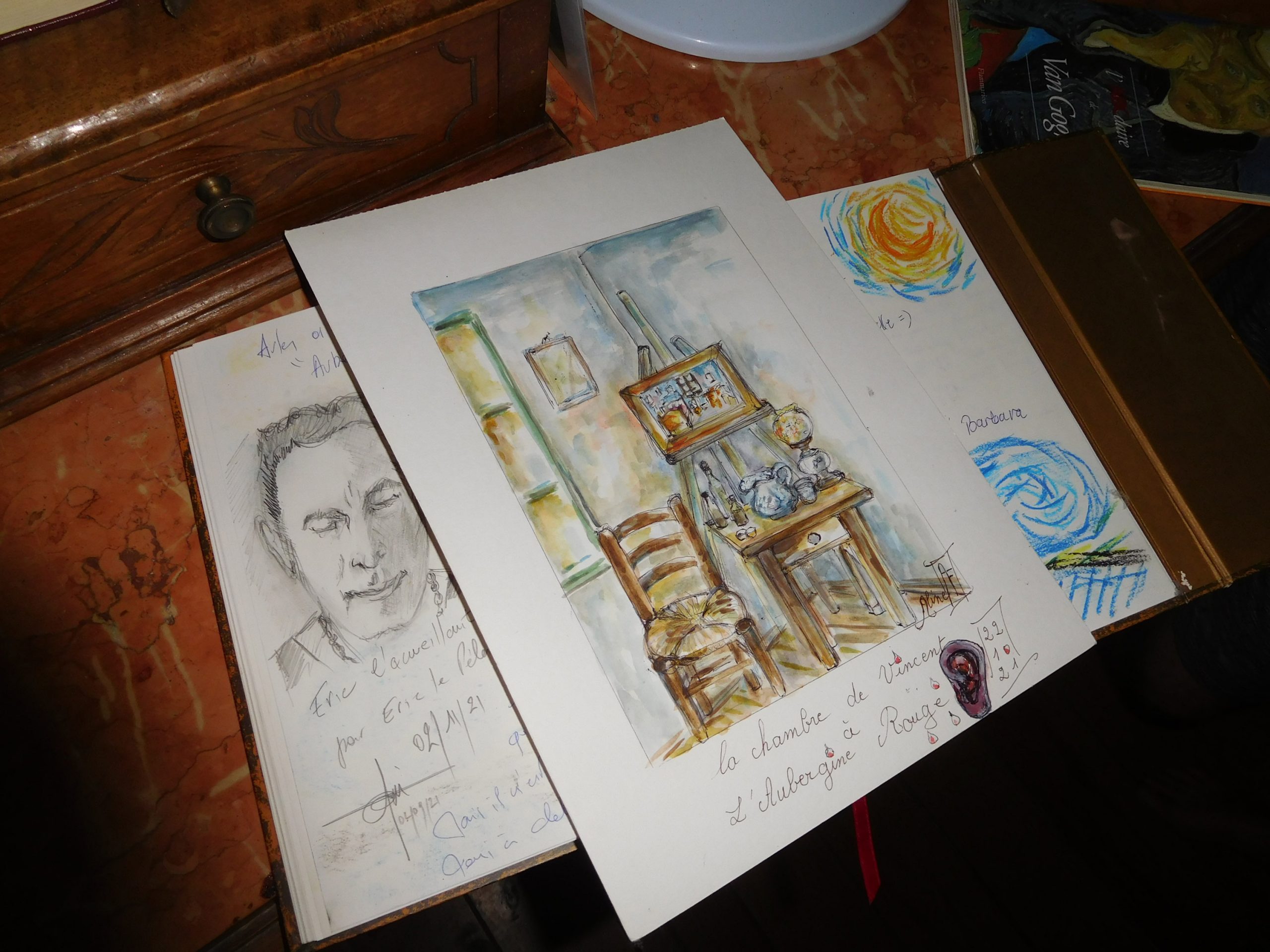
“They believe in Van Gogh as somebody might believe in Jesus,” said Gogin.
Van Gogh spent 15 months in Arles, where he completed 300 of his 2,000 paintings and drawings. These include some of his most famous creations: “Starry Night over the River Rhône,” “The Bedroom,” “Alyscamps,” “Café Terrace at Night” and many more. (He painted “The Starry Night,” in nearby Saint-Rémy-de-Provence.)
“He was one of those painters who paint a lot,” said Vanessa Eggert, a retired tour guide in Arles.
The town has another Van Gogh connection of interest to many tourists, Eggert added, “It’s here that he cut his ear off.”
In the 18th century, Japanese culture began to make its way overseas to Europe. Van Gogh was “obsessed with the Japanese prints,” said Sara Guti, a cultural mediator at the Vincent van Gogh Foundation in Arles. “They were very, very cheap, so he bought dozens.”
Simultaneously, Van Gogh was drawn to light and bright colors, which he demonstrates in his paintings focused on people and nature like vast fields, sunflowers, rivers and almond blossoms.
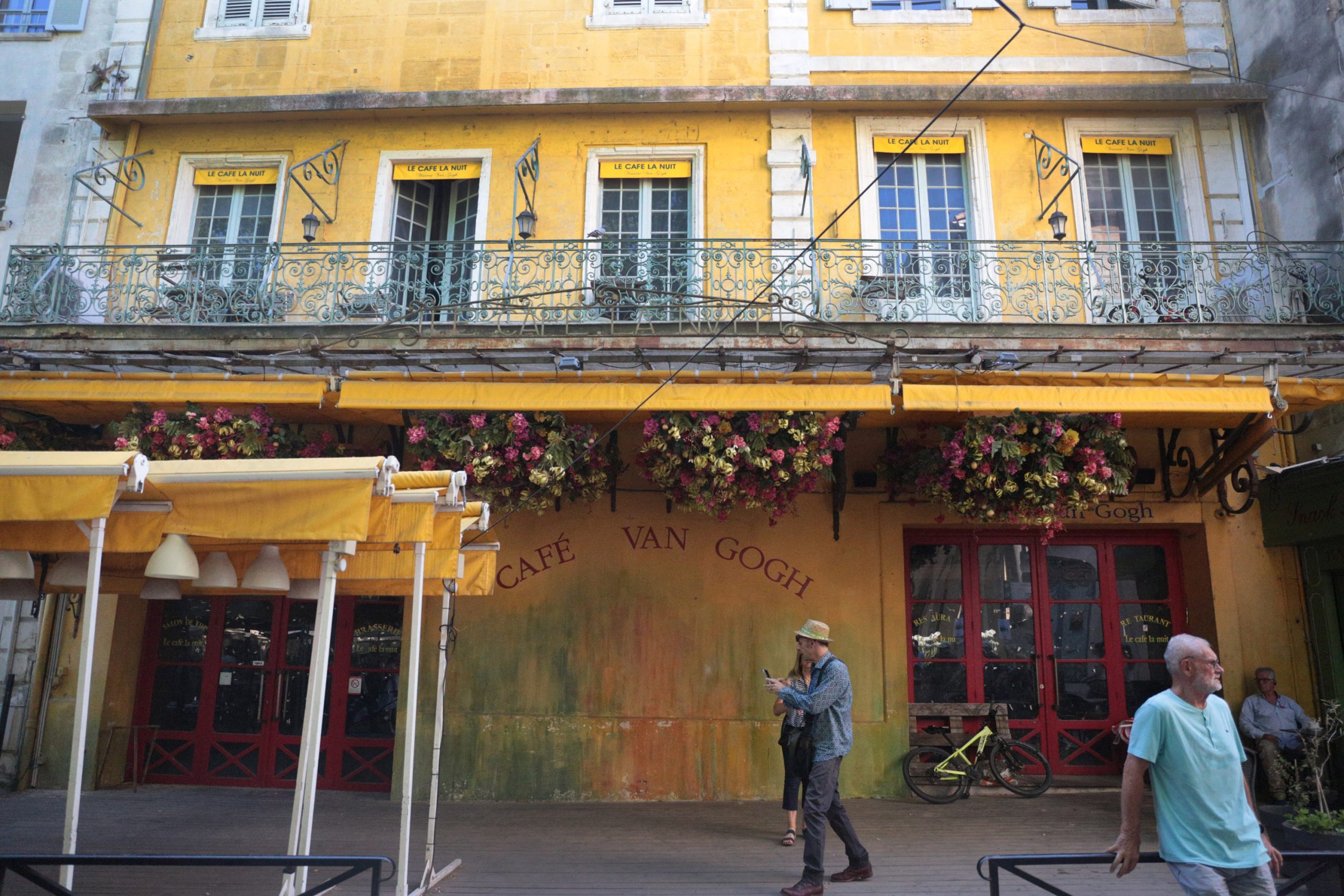
“It’s a kind of an imagination of the real Japan for him,” said Guti. “He wanted to go to Japan to see the colors that he saw on the prints with the specific sun.”
But Van Gogh could not afford the high cost of traveling there.
“His friends in Paris told him that if you go to Provence, to the South of France, it’s a kind of Japan, French Japan,” said Guti. “He wrote to his brother, ‘Japan is here’ which is why he stayed in Arles and would never go to Marseille.”
Many of the locations he painted still exist in Arles today and can be found throughout the city. The city of Arles relies heavily on Van Gogh’s history as it attracts a multitude of tourists. Looking out onto the Rhône, Van Gogh painted the stars and a couple lovers below.
“Tourism is very important for the development and for the global activity of the town,” said Frédéric Imbert, the 7th deputy mayor of Arles.
The Fondation Van Gogh saw a 36% increase in visitors between 2023 and 2024, according to the Arles Office of Tourism. Asian visitors have represented about 5% of the total visitors to Arles.
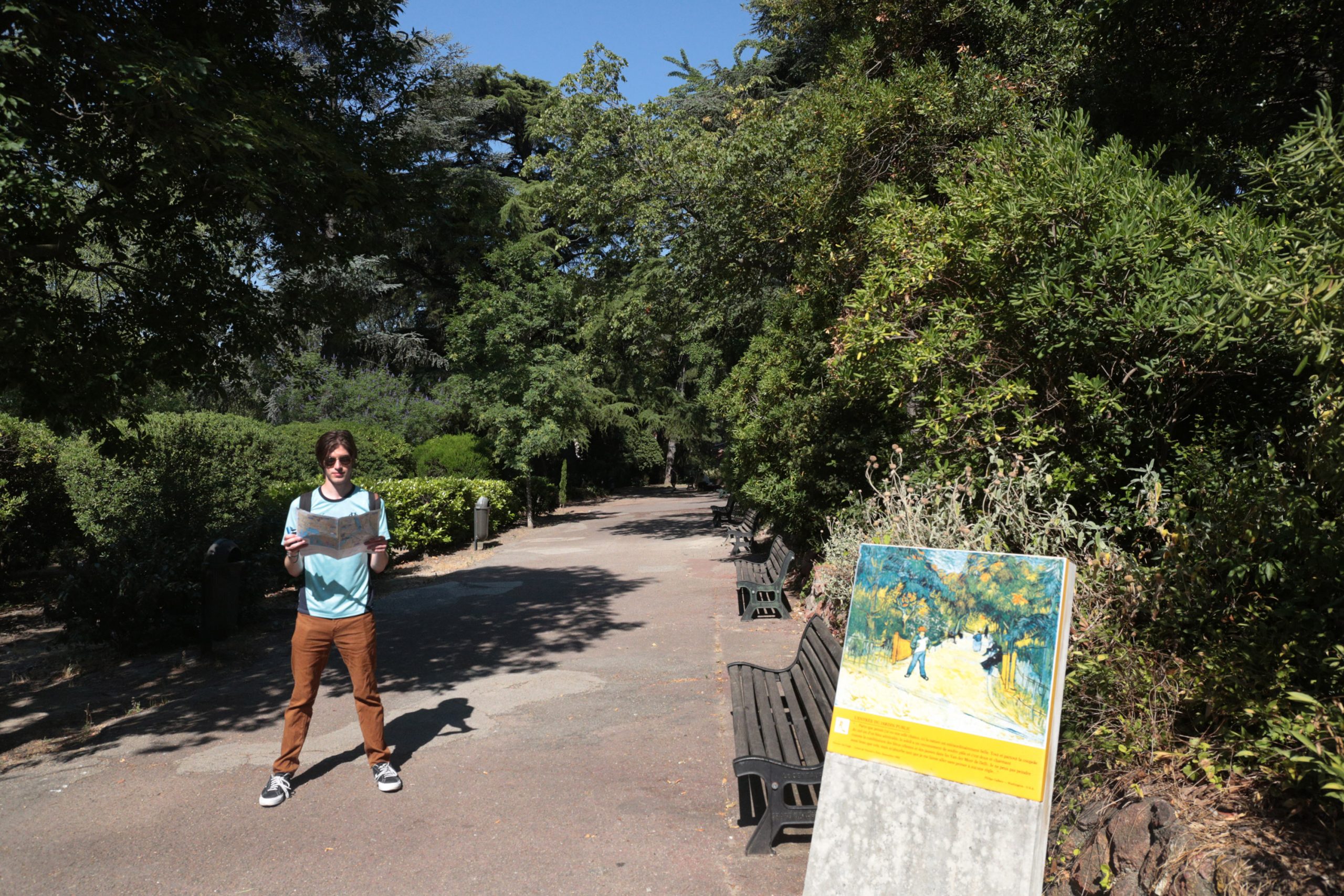
“It’s a kind of exchange,” said Guti. “You have the fantasy of the Japan of Van Gogh and the fantasy of Provence of the Japanese people.” Asian tourists, she added, “are looking for this impression he had when he arrived here to feel in Japan as they want to feel in Provence.”
Viewers can find hints of Japanese patterns and culture in many of his paintings— most visibly in “Almond Blossom” in which Van Gogh demonstrates what he envisioned as the Japanese touch in the city.
“I feel the power of life in this picture,” Yimim Wang, a tourist from China said. “It’s very elegant. We all need some sort of role model to study; his spirit really encouraged a lot of people.”
But she adds, “I have been to Japan several times; they (Japan and Arles) are not similar.”
Whatever the reality, Arles fulfilled Van Gogh’s fantasy of visiting Japan and kept him inspired while he spent time here.
“He copied the Japanese spirits through his paintings,” said Guti. “Even if here is not the real Japan and it’s not the ‘Provencial Japan,’ I think they are connected in a way.”
Although Provence may not be an exact replica of Japan, and none of his original paintings are in permanent collections here, Arles is worth visiting to walk in the footsteps of the artist that changed the lives of many.
“When you come to Arles, you transform yourself, ” Guti said, “because you have a before and after as Van Gogh did in history.”

